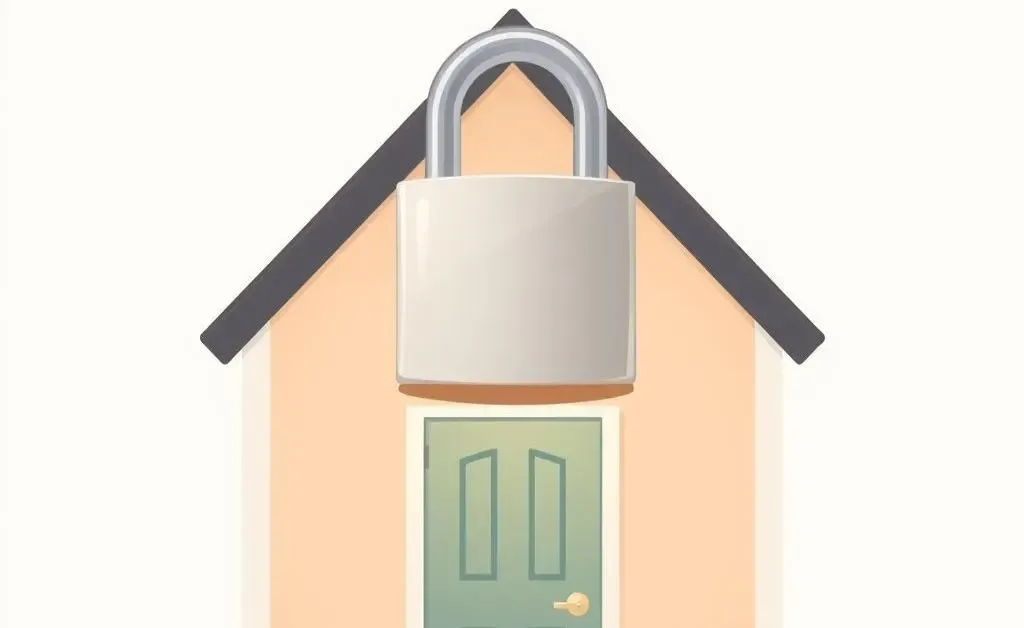Navigating Trust Issues with Your Landlord: What to Do When Boundaries Are Crossed
Learn how to handle privacy breaches by your landlord with compassionate and practical advice.

Have you ever felt that uneasy chill when you realize someone else has been in your personal space without your knowledge? It's like finding a secret doorway where there shouldn't be one—a breach into your private sanctuary that leaves you unsettled. Many tenants experience this unsettling feeling when they discover their landlord has entered their home without permission. But what can you do when this happens?
Understanding Your Rights as a Tenant
The first step in navigating the murky waters of landlord-tenant boundaries is understanding your rights. In many places, the law requires landlords to provide notice before entering a tenant’s dwelling. Knowing what constitutes reasonable notice is essential. Typically, landlords should notify you at least 24 hours in advance unless it’s an emergency.

Take Action: Document and Communicate
If you find yourself in the uncomfortable position of discovering an unauthorized visit, start by documenting the incident. Take notes of dates, times, and any communication or lack thereof. Consider reaching out to your landlord in a calm and collected manner, bringing up the issue and expressing your concerns. It’s crucial to maintain composure—after all, you're aiming for a resolution, not a confrontation.
You might say something like, "I noticed that there was an entry into my apartment on [date], but I didn’t receive prior notice. Can we discuss how we can avoid this in the future?" This opens up a dialogue rather than shutting down communication.
Learn When to Seek Legal Help
Sometimes, despite our best efforts, these boundary breaches can continue. If the situation doesn't improve or you're feeling unsafe, it might be time to seek legal advice. Legal advisors can help you understand your options, from mediation centers to tenant advocacy groups. They can guide you in exploring whether a formal complaint or even legal action is warranted.

Creating a Secure, Inviting Home
Proactively securing your home can provide an added layer of peace. Consider changing locks if it’s within your rights, using door bolting systems, or setting up cameras. These steps can help safeguard your sanctuary against unwanted intrusions and set clear physical boundaries.
Maintain a Positive Relationship
While it’s essential to set boundaries, nurturing a positive relationship with your landlord can also be beneficial. Regular, friendly check-ins or updating each other on relevant home issues can cultivate understanding and mutual respect. When you both feel like partners rather than adversaries, it's easier to handle any disputes that arise.

Ultimately, the goal is to create a living environment that feels safe and respected. No one should have to worry about unwanted intrusions in their home, and by understanding your rights, maintaining open communication, and sometimes seeking legal advice, you can set a clear boundary that preserves your peace.
Have you had any experiences in setting boundaries with your landlord? I’d love to hear your thoughts and tips in the comments below.




